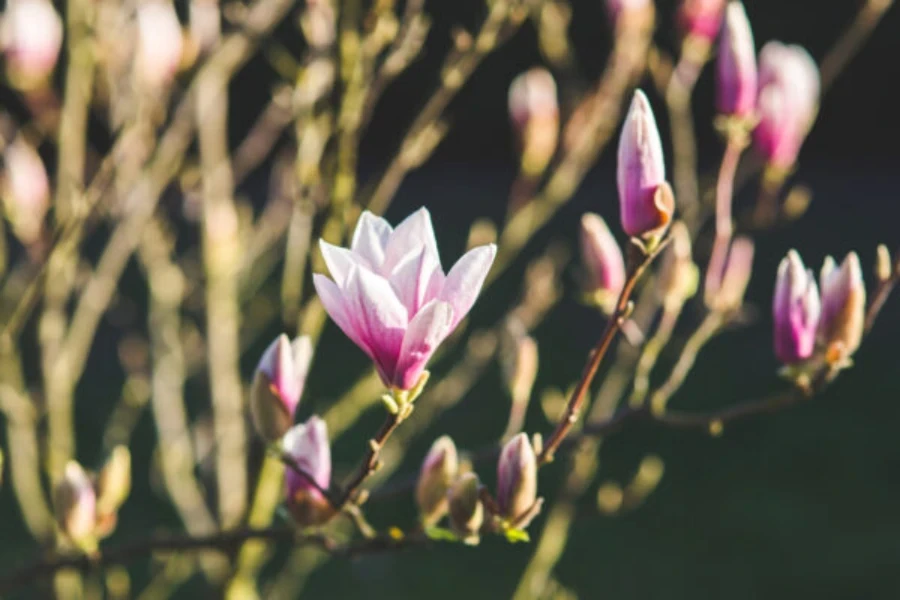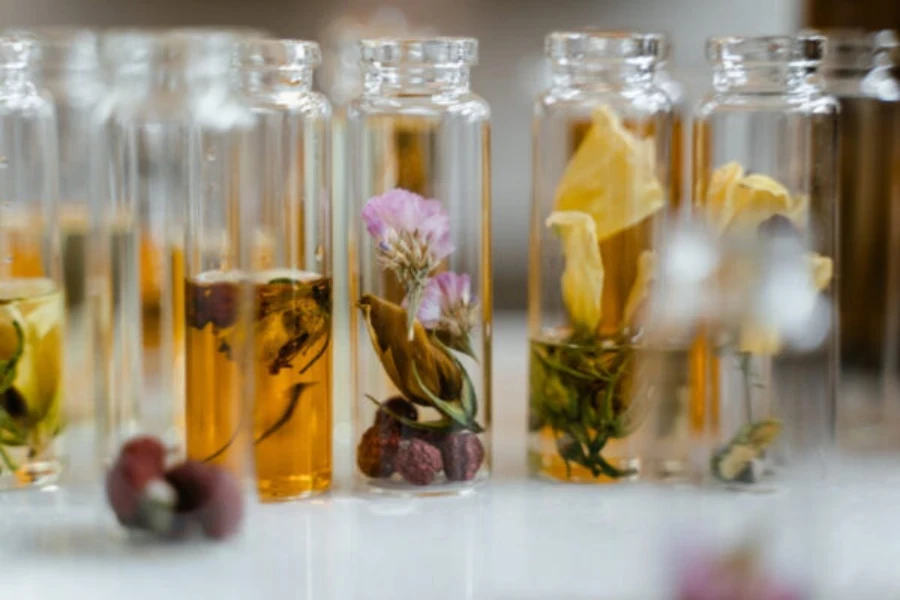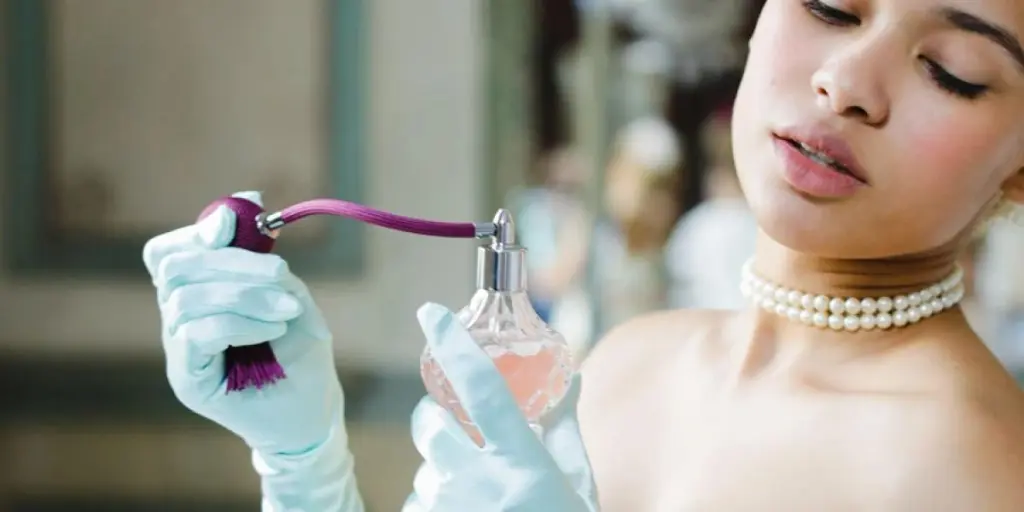People are growing more conscious about the products they use, and fragrances are no exception. Consumers these days seek more than just a pleasant smell. Instead, they are looking for scents capable of evoking emotions, memories, and feelings.
As the fragrance industry evolves, brands must adapt and innovate to ensure their customers remain interested and satisfied. To stay ahead of the curve, read on to learn about the trends, ingredients, and techniques that will shape the future of fragrances. So, whether you are a fragrance connoisseur or just starting to explore the world of fine fragrances, here’s what to expect in 2025.
Table of Contents
The fine fragrance market in 2025: An in-depth analysis
5 notable fine fragrance trends to embrace
Brand strategies to monetize 2025’s fine fragrance trends
Conclusion
The fine fragrance market in 2025: An in-depth analysis

The fine fragrance market is constantly evolving. To stay relevant, brands should always have their pulse on the latest trends and consumer preferences. As we slowly inch toward 2025, it’s becoming increasingly clear that consumers are seeking more than just a scent. Here are some key points that define the trends likely to define the fine fragrance market in, and leading up to, 2025.
- Sustainability and eco-consciousness: In 2025, consumers will prioritize sustainability and environmental responsibility more than ever. This includes a preference for scents derived from natural and organic ingredients, using recyclable and biodegradable packaging, and a commitment to lowering carbon footprints.
- Personalization: Customization and personalization have become buzzwords in the fragrance industry in recent years, and they will continue to be so in the future. Customers will want fragrances that specifically suit their tastes and personality, whether that is through customizable packaging, odors, or other product facets.
- Wellness and self-care: The pandemic brought health and wellness to the forefront of consumer consciousness, and this trend is not going away anytime soon. Going forward, consumers will favor fragrances that promote relaxation, stress relief, and overall well-being.
- Transparency and authenticity: Now and forever, consumers will continue to demand transparency and authenticity from fragrance brands. They will be more inclined to buy from brands that uphold their own personal values and views and are transparent about the ingredients they use and the manufacturing procedures they follow.
5 notable fine fragrance trends to embrace
Winning as a fragrance brand in 2025 will be all about embracing new notes and scents that push the boundaries of tradition. As outlined before, consumers are becoming adventurous and seeking unique experiences. This means that as a fragrance brand, you are responsible for responding to consumer needs through innovative ingredients and techniques.
Below, we’ll explore five notable fine fragrance notes you should consider playing with in 2025. From the classics with a modern twist to new, unexpected combinations, these notes offer endless possibilities for creating unique and captivating scents to help you stay ahead of the curve in 2025.
Rice bran

As a fragrance note, rice bran checks all the boxes when it comes to fine fragrance market trends. A byproduct of the rice industry that has traditionally been discarded as waste, rice bran can be upcycled into a captivating scent while addressing sustainability and waste reduction concerns.
Robertet, a France-based fragrance company, was one of the first of its kind to embrace this note with its CYCLESCENT collection. The collection features rice bran as the key ingredient, combined with other ingredients to create unique and captivating fragrances that are subtle yet distinctive, fresh and clean, but warm and comforting.
Using rice bran in fragrances is not just innovative but also sustainable. You are essentially upcycling a waste material, which means your fragrance brand can reduce its environmental impact and contribute to a more circular economy. In addition, as consumers become more conscious of sustainability, using upcycled ingredients could help your brand to become a key player in the industry.
Magnolia

A beautiful and fragrant flower, the magnolia is popular for its delicate and uplifting aroma. It also has deep ties to Chinese culture, and with Chinese influence becoming increasingly global, consumers in 2025 may respond more to the sweet, heady fragrance that perfumes China’s spring air.
According to Mintel, the fragrance industry in China is predicted to see a robust CAGR of 17% by 2025, and consumers are expected to increasingly seek fragrances that feature ingredients of cultural significance.
Magnolia features a sweet floral fragrance that is slightly fruity, making it a versatile note to be used with different ingredients. For instance, it can add a touch of elegance and sophistication or create an entirely unique fragrance. Many brands, such as Jo Malone’s Magnolia & Lily Cologne, have already begun using magnolia in their fragrances.
Yuzu

Yuzu is a Japanese citrus fruit that has been a popular ingredient in fragrance formulations for decades. It has a unique and refreshing aroma, making it an ideal ingredient for fragrances with an emotional uplift.
Like rice bran, fragrance brands can upcycle peels and other byproducts of the yuzu juice industry to create complex and more nuanced aromas while contributing to a more sustainable and circular economy. When combined with other ingredients, yuzu’s refreshing and versatile notes can help to create a wide array of scent profiles, from fresh and clean to warm and spicy.
Among the key scents in the market to take complete advantage of yuzu’s potential is Eau d’Issey pour Homme by Issey Miyake. This refreshing and energizing fragrance features yuzu as a keynote.
Biotech amber
Biotech amber, as the name suggests, is an innovative approach that leverages biotechnology to develop specific amber notes. The process involves using biocatalysts to create amber molecules similar to those found in natural amber.
Unlike traditional amber, biotech amber is more sustainable and ethical since it eliminates the need to extract ambergris from whales. In addition, during its development, the composition of molecules can be controlled, which contributes to a more consistent and higher-quality aroma.
When it comes to scent profile, though biotech amber is very similar to natural amber notes, it has a slightly more refined and modern character. It also has added warmth and hints of sweetness and earthiness. In addition, the biotech approach allows fragrance brands to play around with aromas while developing a woodier or resinous character to the final product.
Several fragrance brands have already started incorporating biotech amber into their fragrances. At the forefront of this approach is Givaudan, which uses fermentation technology to create amber molecules. However, it won’t be long until other players catch up and offer a new and modern twist on the classic amber note.
Wood

Wood has always been popular due to its sophisticated and elegant character. However, it is often used as a base note to add more depth and complexity to fragrances. Going forward, however, the advancements in biotechnology will allow wood notes to take center stage in fine fragrances.
Biotech wood offers a more precise, consistent, and sustainable approach to creating woody fragrances, allowing for a broader range of aroma profiles. The versatility of biotech wood notes means they can be used as the main note in fragrances rather than just as a base note. This is leading to a new wave of fragrances centered around woody notes. In addition, biotech woody notes are more sustainable as they reduce the need to harvest wood from forests.
Brand strategies to monetize 2025’s fine fragrance trends

The fine fragrance trends of 2025 look promising for brands that are push to stay sustainable and meet the evolving needs of consumers. Whether you run a fragrance brand or are looking to start one, a surefire way to stay relevant is to adopt practical strategies that resonate with consumers. Here are four such strategies that will better help you succeed in 2025 and beyond.
Use sustainable and natural ingredients
As stated earlier, consumers are growing increasingly conscious about the impact of their purchases on the environment. Hence, it is essential for fragrance brands to address this concern by using sustainable and natural ingredients in their products. A great way to begin is by using ingredients like those mentioned above: upcycled rice bran, yuzu, biotech amber, and wood.
Apart from meeting the needs of environmentally conscious consumers, using natural ingredients helps tap into the growing demand for clean beauty products.
Leverage technology to create personalized scents
Just like sustainability, consumers are beginning to move toward fragrances that are unique and personalized. Fragrance brands can meet the consumers’ demands by leveraging technology such as artificial intelligence and machine learning to create customized scents for individual customers. This may involve analyzing a customer’s preferences, lifestyle, and even social media activity to create a fragrance that resonates with them on a personal level. This can even be done offline, at stores, and through private consultations.
Promote the emotional benefits of fragrances
Fragrances are more than just a smell. When done right, they can evoke emotions and memories, which is a great way for fragrance brands to capture their audience’s imagination.
To tap into the emotional aspect, brands should emphasize the benefits of their fragrances and promote them as more than just a scent. For example, a fragrance brand can market an aroma that promotes relaxation, reduces stress, or boosts confidence. Highlighting the emotional benefits of fragrances will help brands connect with consumers on a deeper level.
Create multi-sensory experiences
Multi-sensory experiences are the key to enhancing customer experience and engagement. This involves adding visual, auditory, and tactile elements that complement the fragrance. For example, an immersive in-store experience can be created using lighting, music, and touchscreens that allow customers to explore the fragrance’s ingredients and notes. This paves the way for a more memorable and visceral experience.
Conclusion
As edge toward 2025, it’s evident that the world of fine fragrances will continue to evolve and shift, and fragrance brands will have to grow with the market to meet consumers’ changing preferences and needs. From rice bran to wood, magnolia, yuzu, and biotech amber, there are several notable fragrance notes likely to shape the industry in the coming years.
Brands that wish to monetize on these trends should prioritize leveraging a few of these notes as well as operate with a focus on sustainability, technology, emotion, and experience.
In addition, fragrance sellers who want to stay ahead of the curve and meet the needs of their customers can leverage the wide range of products found on Alibaba.com, a trusted marketplace for finding wholesale fragrances or ingredients from reputable suppliers.




